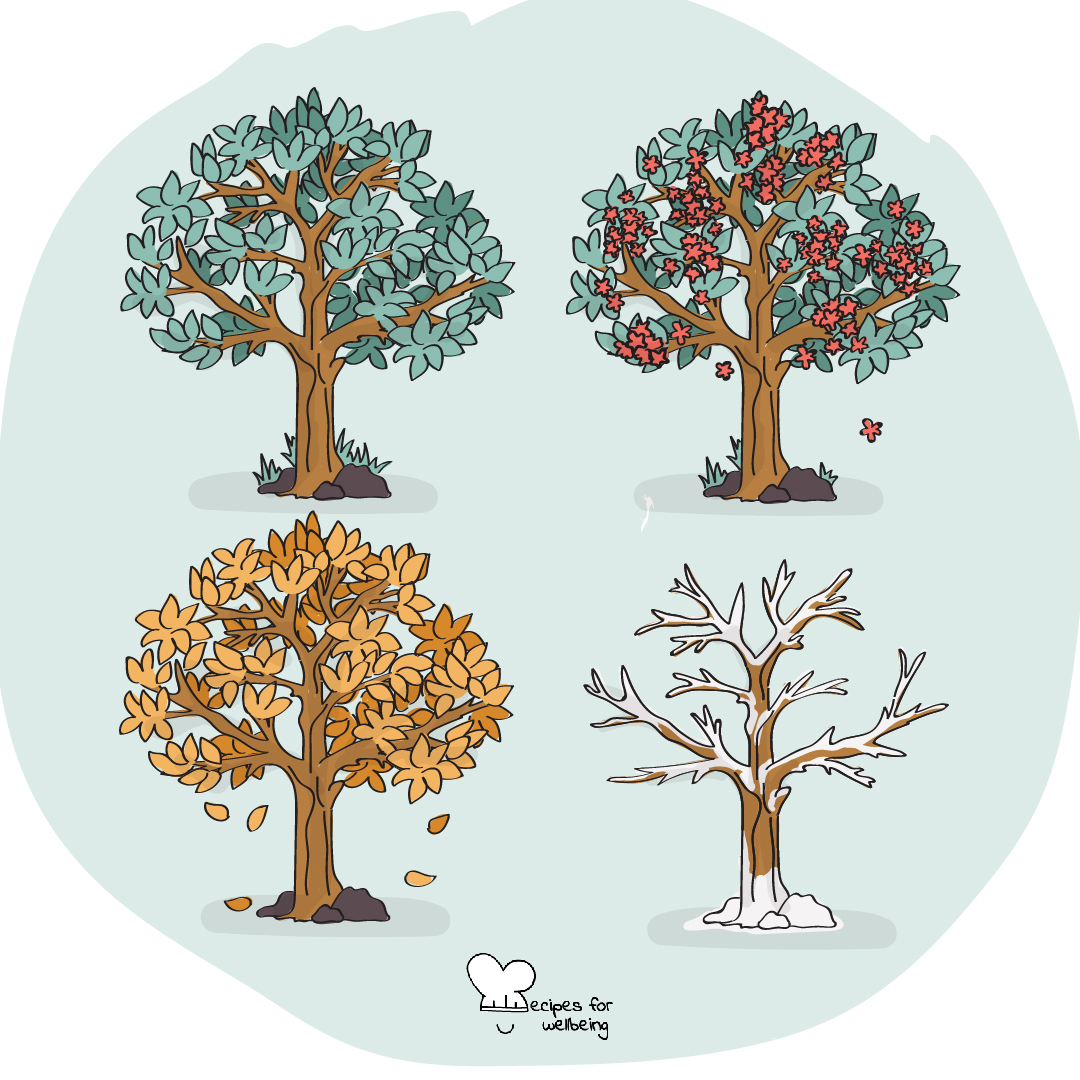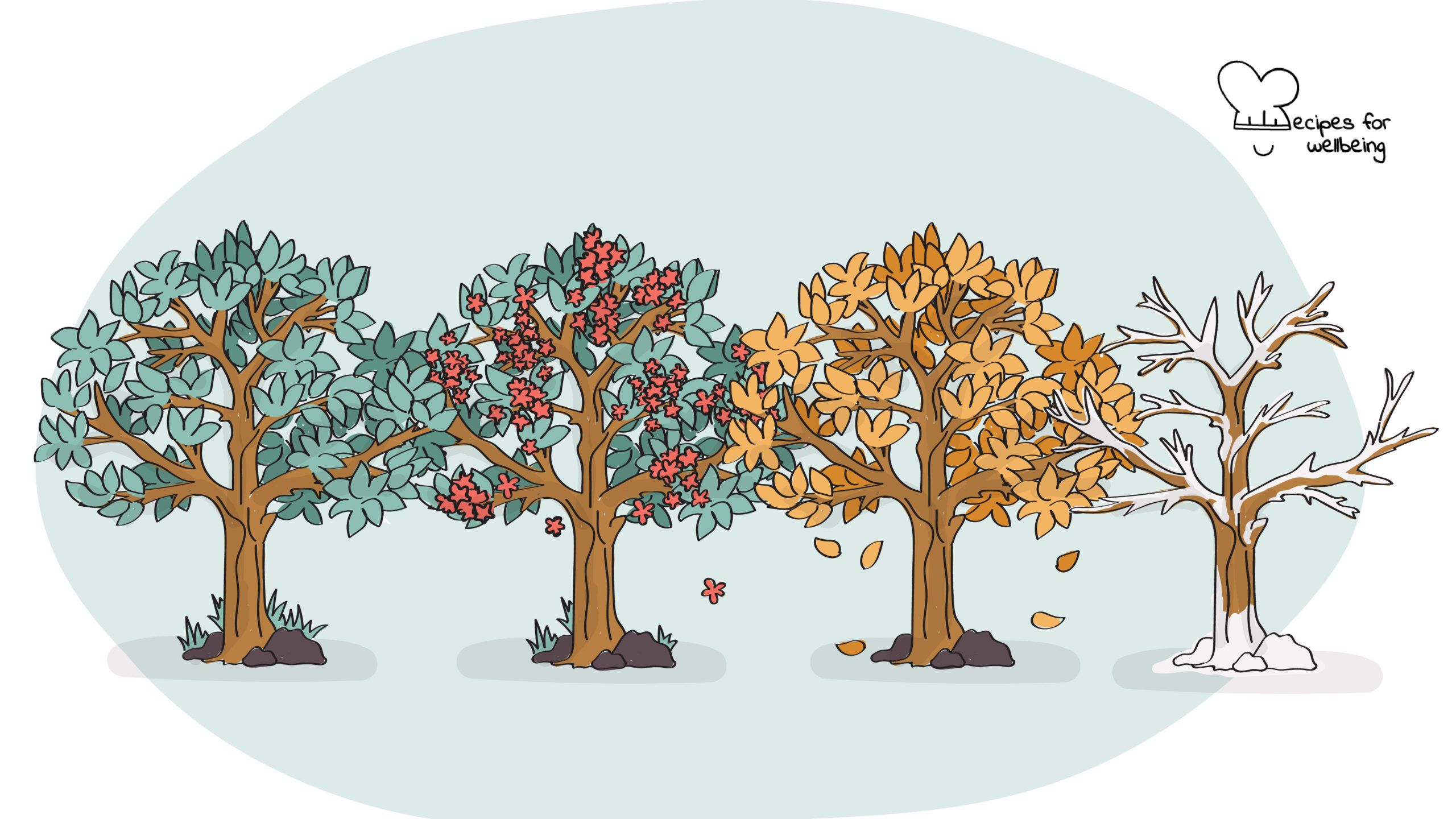
Managing change
The shift towards a new evolutionary human will not only happen through reading, reflecting or sharing ideas about transformation. It will only occur when we act and interact intimately with life’s wholeness. The very essence of who we are. ―Mick Collins
👥 Serves: 1 person
🎚 Difficulty: Hard
⏳ Total time: 31-60 minutes
🥣 Ingredients: “The Unselfish Spirit” book by Mick Collins (if you’re curious to find out more about it!)
🤓 Wholebeing Domains: Awareness, Discomfortability
💪 Wholebeing Skills: Adaptability, Clarity, Flexibility, Letting go, Non-attachment, Reflection, Resilience, Self-awareness

Managing change
📝 Description
Symbolic death is an essential step towards self-renewal.
The following activity has been taken from Dr Mick Collins’s book The Unselfish Spirit: Human Evolution in a Time of Global Crisis. The book advocates for a change in consciousness to solve the interconnected crises that threaten life on Earth.
We must acknowledge that we belong to One World if we wish to awaken our collective consciousness and evolve spiritually to create an improved future. The following exercise invites you to leave behind your ego-consciousness to embrace the notion that you are part of a universal co-creative force in life. It is time you let your fixed ideas of identity die to bring about the birth of a “transpersonal Self that is connected to a whole, fluid and unfolding universe.”
👣 Steps
Step 1 – Reflect (5’)
Take some time out to reflect on who you are and the direction you have been taking in life to date.
Step 2 – Become aware of old patterns (5’)
Consider what old patterns, habits or beliefs need to die in order for you to take the next steps in the changes you would like to make.
Step 3 – Let old patterns die (5’)
Imagine those old patterns, habits or beliefs dying right now, and open up to the wisdom within. Notice what happens to you, including any dreams, waking fantasies, feelings, images or inner dialogues.
Step 4 – Invite the message (5’)
Let a message come to you about your life from deep within. It could be a message in words, images, movements, feelings or sounds.
Step 5 – Focus on growth (5’)
Notice how this message could encourage your growth. For example, if it is supporting, how does it spur you on? If it is cautious, how does it help you to take care about managing change? Or, if it is inhibiting, how does it make you determined to change any self-criticism, or respond to any criticism from others?
Step 6 – Experience the edge (5’)
If the above reflections make you feel ‘on edge’, try and notice the quality of your reaction, e.g. are you a bit disoriented, frightened or even angry?
Step 7 – Recognise patterns (5’)
Is the reaction above a familiar response or pattern when you meet a situation that you find edgy?
Step 8 – Learning (5’)
Is there anything that you can learn from being at this edge? For example, if your reaction above is fear, might this be an old pattern that you are ready to drop? The most important thing is that you take care of yourself and only engage with change at a rate and pace that feels right for you.
Step 9 – Seek professional support
If you need professional support from a therapist to engage with the process of change, then find one who is trained and open to working on issues at this level. For example, Jungian or transpersonal therapists.

